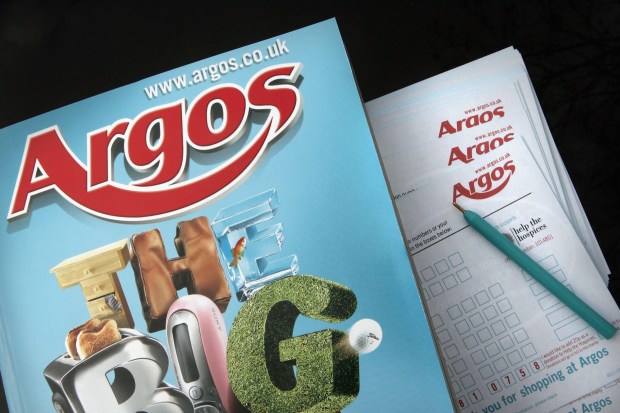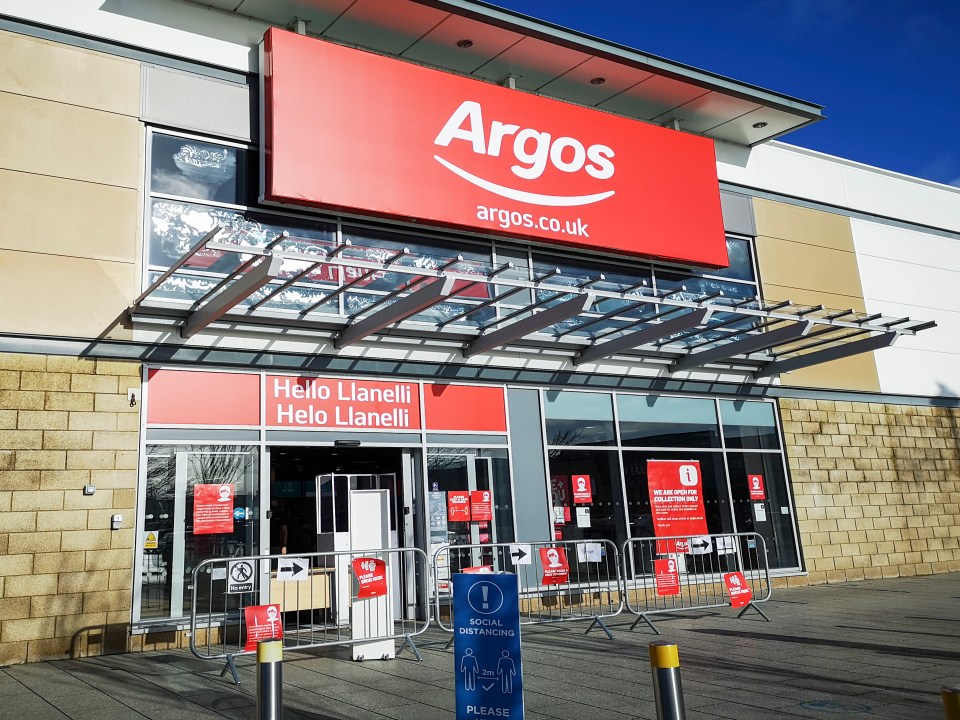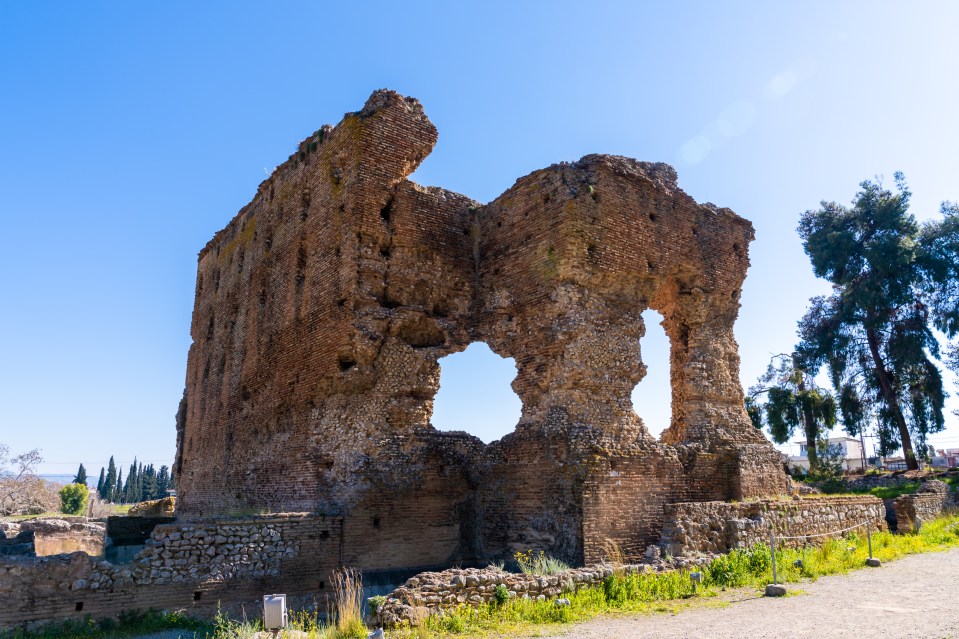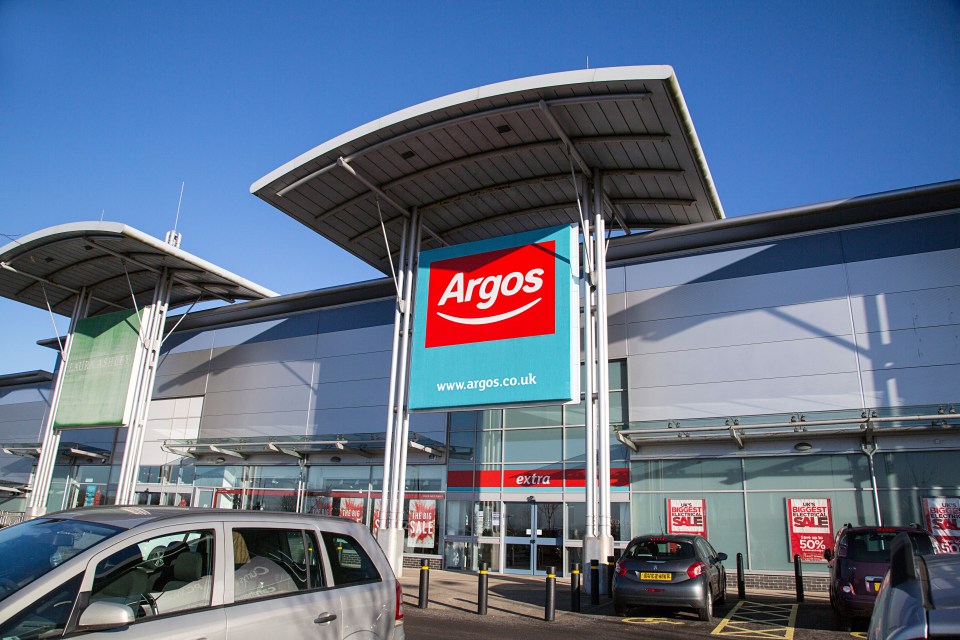YOU may have thumbed through an Argos catalogue over the years, but have you ever stopped to think about the name?
It turns out there is a key reason why the brand has its moniker – and its history is also tied to a popular supermarket too (and it’s not Sainsbury’s).
The Argos name doesn’t come from its founder – Richard Tompkins – but is taken from the Greek city of Argos.
It was also chosen as it would feature high up in alphabetical brand listings.
The history behind the brand is even more fascinating than the name – and despite the brand now being owned by Sainsbury’s, its early ties were with Tesco.
In the 1960s, the founder of Tesco, Sir Jack Cohen, signed up his grocery store chain to the Green Shield Stamps scheme.
This meant that Tesco customers could get stamps when they bought products at his shop.
They could then use stamps to buy products at the Green Shield Stamps catalogue stores which were located around the country.
The collaboration proved to be a huge success, and helped Tesco gain loyal customers.
It also helped Green Shield Stamps, who was owned by Richard Tompkins, and also gave him the idea that customers could also use cash to buy products from his catalogue.
He decided to rebrand Green Shield Stamps as Argos in 1973.
Argos actually lost Tesco as a client around 1977, when they ditched using the Green Shield Stamps scheme and focused on lowering prices across the chain.
In 1979, Argos was purchased by British American Tobacco and stopped issuing stamps entirely.
Just over a decade later, Argos was demerged and floated back on the stock market, but had now become a recognisable household brand.
By 2010, over 20 million copies of the catalogue were printed, with many people buying them ahead of Christmas to choose presents.
While Argos had major ties to Tesco when it was launched, it now is owned by one of its main rivals.
In April 2016, Argos’ parent Home Retail Group agreed to a £1.4 billion takeover by Sainsbury’s – but the brand has struggled over the past few years.
A large number of the high street Argos stores have closed over the past few years, with many being replaced by an Argos outlet in Sainsbury’s stores.
A spokesperson for Argos previously told The Sun: “The transformation of our Argos store and distribution network has been progressing at pace for several years now, improving availability, convenience and service for customers.
“As part of this, we are continuing to open new Argos stores and collection points in many of our Sainsbury’s supermarkets, enabling customers to purchase thousands of technology, home and toy products from Argos while picking up their groceries.”
HISTORY OF ARGOS

FOUNDED in 1972 by Richard Tompkins, Argos revolutionised the British retail landscape with its unique catalogue-based shopping model.
The first store opened in Canterbury, Kent and quickly expanded, becoming a household name.
Customers could browse the extensive Argos catalogue, fill out a purchase slip, and collect their items from the in-store collection point.
The retailer was sold to British American Tobacco Industries in 1979 for £32million before being demerged and listed on the London Stock Exchange in 1990.
In April 1998, the company was acquired by GUS plc.
Throughout the decades, Argos adapted to changing consumer habits, embracing e-commerce early on and launching its website in 1999.
This allowed customers to reserve items online for in-store pick-up, blending the convenience of digital shopping with the immediacy of physical retail.
By 2006, Argos became part of the Home Retail Group which was demerged from its parent GUS plc.
At the time, Home Retail Group also owned Homebase and Habitat.
In 2016, Argos, along with its Home Retail Group sister brand Habitat, was acquired by Sainsbury’s.
Since the acquisition, the Argos brand has been integrated into Sainsbury’s operations, significantly expanding its presence through dedicated concessions within Sainsbury’s supermarkets across the UK.
However, due to declining sales, Sainsbury’s discontinued Argos’ iconic printed catalogue in 2020.
Despite these setbacks, Argos has remained true to its roots, offering a wide range of products from toys and electronics to furniture and jewellery.


